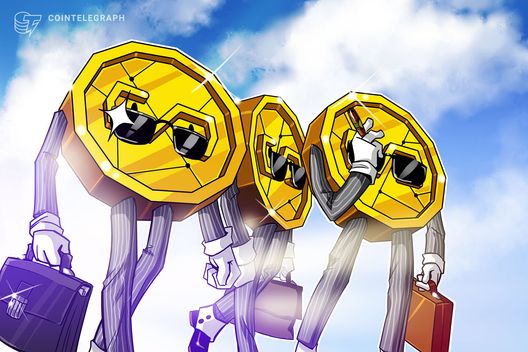Introduction to Stablecoins 2.0
Stablecoins have become the backbone of digital markets, with billions of dollars flowing through them every month. They facilitate transactions, enable transfers, and provide a safe haven for on-chain cash. However, despite their widespread adoption, the original design of stablecoins has remained largely unchanged since 2014. According to Reeve Collins, co-founder of Tether and Chairman of StBl, the first generation of stablecoins solved a problem by putting a reliable digital dollar on the blockchain, but they were static and did not provide any yield to owners.

The Evolution of Stablecoins
The first wave of stablecoins digitized the dollar, while the second wave is focused on financing it. The yield is no longer trapped in the balance sheets of issuers, but is instead divided into two programmable streams. The digital dollar remains liquid and usable for payments or decentralized finance (DeFi), while the return on its own asset can be kept, spent, or invested. This shift is transforming simple payment tokens into valid financial instruments and savings vehicles for the digital era.
Real-World Examples
Early evidence of this shift can be seen in the Onchain Money Market Fund of Franklin Templeton, which distributes income daily and pays monthly. The BlackRock Buidl Fund has also exceeded $1 billion in its first year and distributes dividends completely. DeFi protocols are now allowing borrowers to retain state yield while unlocking liquidity. These developments are no longer on the sidelines; they are the beginnings of a financial system in which liquidity and income can coexist.
The Benefits of Stablecoin 2.0
Stablecoin 2.0 is characterized by a dual-token structure, which separates the return from the stablecoin. This makes the yield a currency, transparent and transferable, while the stablecoin remains smooth and usable as cash. The collateral base is also expanding to include a diversified basket of high-quality real assets, such as government bonds, money market funds, tokenized loans, and other institutional-grade instruments.
Regulatory Developments
Regulatory authorities around the world are moving from pilot projects to full-fledged frameworks. The European Markets in Crypto-Assets (MiCA) regime has gone live with licensed issuers, while Hong Kong and Singapore are opening the door for commercial use. In the United States, non-partisan proposals signal that stablecoin legislation is no longer a question of if, but when. These shifts are creating a basis for trust and legitimacy that positions stablecoins as a core infrastructure for the financial system.
The Bigger Picture
For consumers, this means holding a digital dollar that ultimately works for the network, not just the issuer. For institutions, this means transforming idle balance sheets into transparent, compliant, and income-generating instruments. For governments, this means issuing national or corporate currencies that preserve sovereignty while maintaining value. And for the DeFi ecosystem, it means composable building blocks with integrated yield that applies to everything from derivatives to transfers.
The story of stablecoins reflects the history of money itself. The first chapter digitized it, while the second chapter is making it productive, transparent, and programmable. This shift is in progress, and it will be interesting to see how it unfolds. For more information, visit https://cointelegraph.com/news/second-generation-stablecoins?utm_source=rss_feed&utm_medium=rss_tag_blockchain&utm_campaign=rss_partner_inbound

